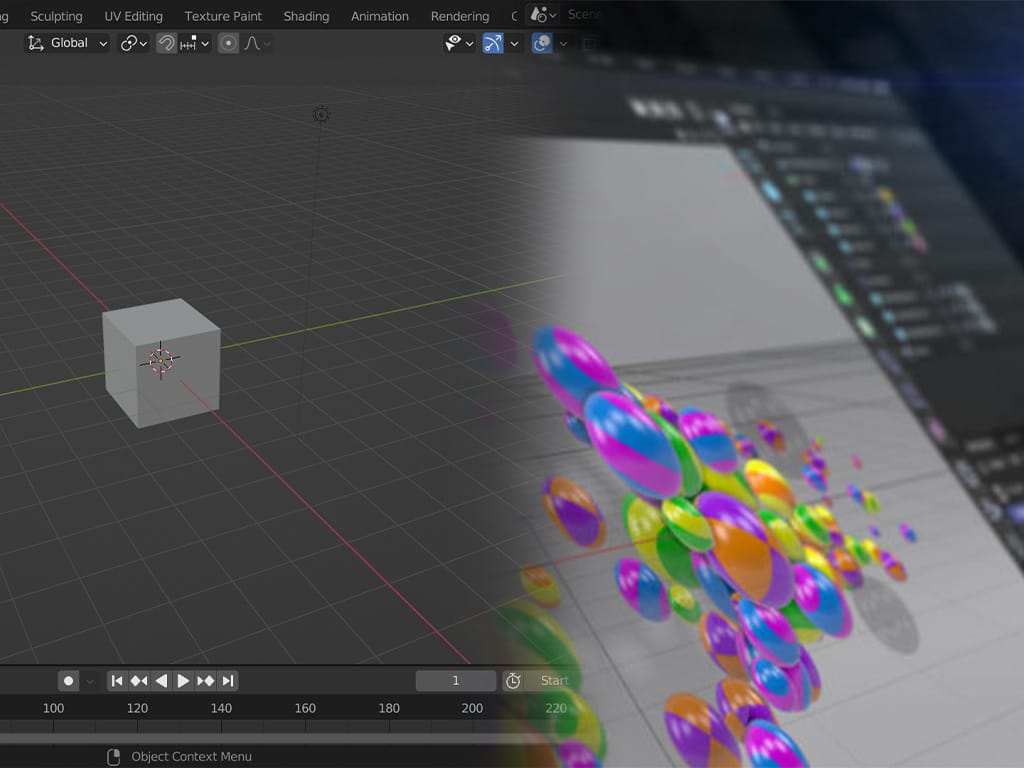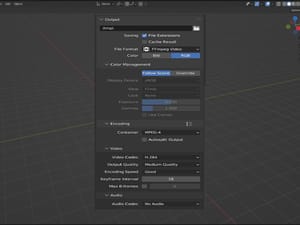Blender and Cinema 4D are two popular choices for animation, with each having its own strengths and preferred applications. Cinema 4D is often favored for commercial animation, movie production, effects, CGI, and VFX, while Blender is widely used for game production, social media content, and car animations. Both software are also frequently utilized for Minecraft animation production, architectural rendering, and 3D planning.
1. Pricing
Blender:
- Blender is open-source and completely free.
- All features and plugins are available at no cost.
- Supported by a strong user community and receives constant updates.
Cinema 4D:
- Cinema 4D requires a license fee.
- Various licensing options are available from Maxon, with Cinema 4D and Redshift available for $100 per month.
- Educational licenses and discounts are available for students and educators.

2. User Interface and Ease of Use
Blender:
- Blender's user interface can appear complicated initially, especially for beginners.
- The cursor logic may be challenging to grasp at first.
- Major updates from version 2.8 onwards have made the user interface more user-friendly.
Cinema 4D:
- Known for its user-friendly and intuitive interface.
- Object and file management are much easier.
- Easy to learn for beginners while offering powerful tools for professionals.
3. Modeling and Animation Tools
Blender:
- Offers comprehensive modeling tools, a powerful simulation engine, and advanced animation features.
- Includes tools for sculpting, texturing, rigging, and animation.
Cinema 4D:
- Provides powerful tools, particularly for motion graphics and animation.
- The MoGraph tool is especially popular for motion graphics and is widely used by a large user base.
4. Plugins and Community Support
Blender:
- Boasts a large community with extensive support and numerous free plugins.
- Being open-source, it allows users to develop their own plugins and tools.
Cinema 4D:
- Can be extended with various commercial plugins and Maxon's integrated solutions.
- High-quality commercial plugins are available, suitable for professional studios.
5. Render Engines
Blender:
- Comes with two built-in render engines, Cycles and Eevee.
- Can also be used with other paid render engines like Octane.
- Cycles uses ray tracing for realistic renders, while Eevee is ideal for fast and interactive previews.
Cinema 4D:
- Includes a default render engine but can also be used with third-party render engines like Redshift and Octane.
- Redshift is particularly popular among Cinema 4D users.
6. Industry Use and Workflow
Blender:
- Widely used by independent artists, small studios, and hobbyists.
- Increasingly adopted by the industry in recent years.
Cinema 4D:
- Commonly used in motion graphics, advertising, and broadcasting industries.
- Popular among professional studios and artists.
7. Popularity
Blender:
- Its open-source and free nature makes it more accessible to small businesses and individual users.
- Consequently, it has a large user base.
Cinema 4D:
- More commonly used by studios and large enterprises.




